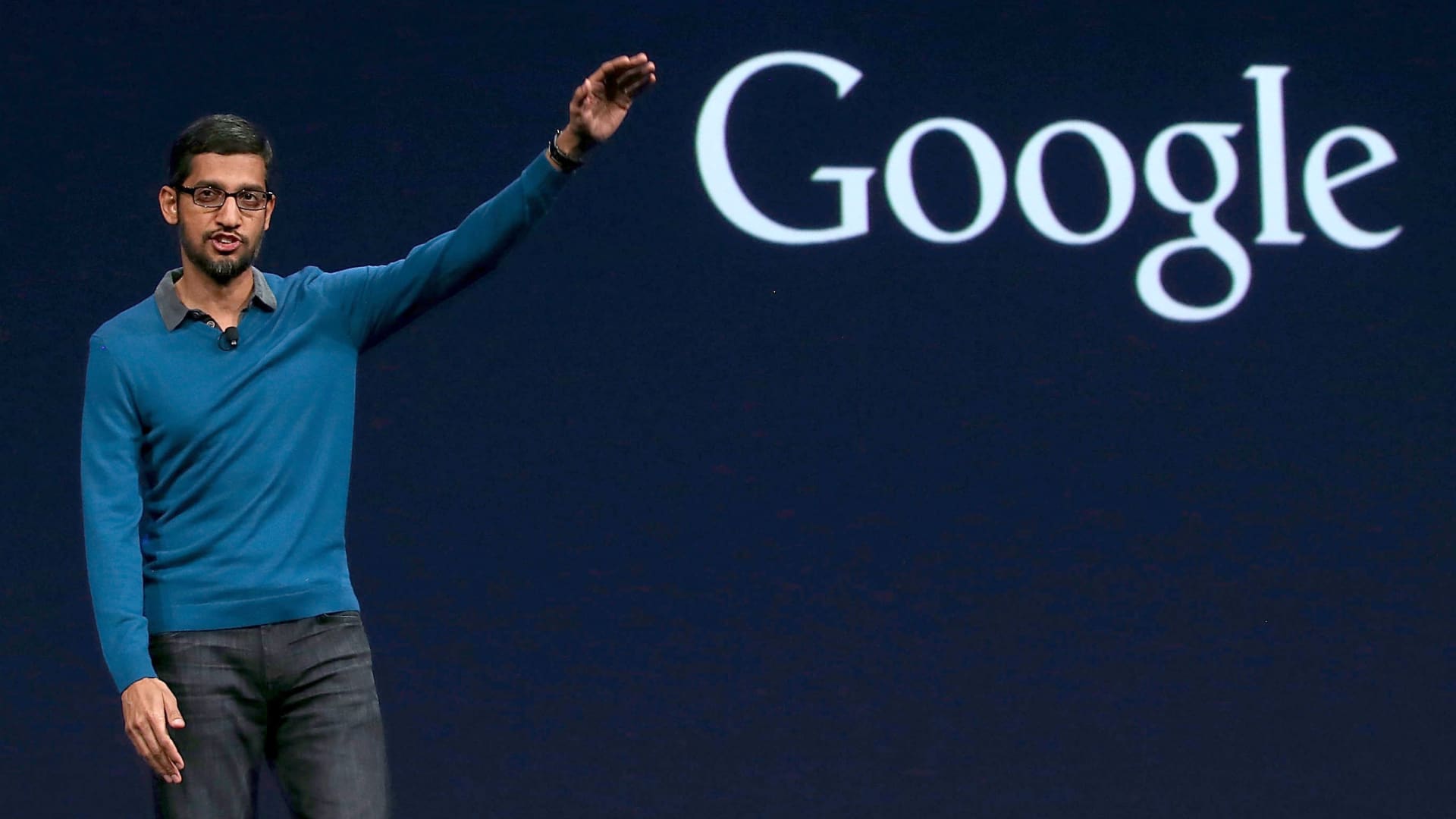Technology
Friday, October 6th, 2023 7:44 pm EDT
Key Points
- Apple introduced a “carbon neutral” option for its next-generation smartwatch models in September, priced the same as non-carbon neutral options, starting at $249. This move reflects Apple’s efforts to reduce greenhouse gas emissions associated with its watches’ production.
- To achieve “carbon neutral” status, Apple modified its operations, including manufacturing, packaging, and shipping, resulting in a significant reduction in emissions associated with each watch, from 36.7 kg to 8.1 kg. The company then compensated for the remaining emissions (about 22% of the total) by purchasing carbon credits.
- The decision to label products as “carbon neutral” while relying on carbon credits has sparked a contentious debate. Some view Apple’s approach as a responsible contribution to climate mitigation, while others criticize it as an inaccurate representation of true carbon neutrality. The effectiveness of nature-based carbon credits is disputed due to concerns about permanence, but Apple argues that it’s a meaningful step in the right direction to combat climate change.
In September, Apple unveiled its next-generation smartwatch models, offering a “carbon neutral” option at the same price as the regular options, starting at $249. This designation means that Apple has taken steps to reduce greenhouse gas emissions associated with the manufacturing, packaging, and shipping of its watches. These efforts have lowered the emissions of a single watch from 36.7 kg to 8.1 kg.
To offset the remaining 8.1 kg of emissions and make the watches “carbon neutral,” Apple purchased carbon credits, which represent reductions or removals of greenhouse gases from the atmosphere. While some view Apple’s approach as responsible and contributing to climate mitigation, others criticize it as an inaccurate representation of true carbon neutrality.
Apple has been transparent about its carbon accounting in its environmental report for the watch. The company claims that the carbon credits it purchases are of high quality, and this approach is better than doing nothing to address emissions.
Critics argue that carbon credits may not provide a permanent solution because natural or human-induced disturbances can reverse the carbon storage benefits of projects like reforestation. Despite this debate, Apple has been praised for reducing emissions associated with the watch’s production, with specific initiatives such as using recycled materials, requiring clean energy for suppliers, and matching manufacturing electricity with clean energy.
Apple also invests in carbon credits through its Restore Fund, which focuses on protecting and restoring forests, grasslands, and wetlands. While the permanence of carbon credits is questioned, proponents argue that combating deforestation is essential for climate goals. Protecting forests, especially in low-income countries, can benefit communities by creating jobs and providing social assistance.
However, concerns persist about the quality of carbon offsets and potential legal vulnerabilities associated with claiming a product as “carbon neutral.” Some experts suggest that companies may need to reconsider such labels in the face of growing evidence against carbon credits’ effectiveness.
Apple maintains its commitment to nature-based carbon removal efforts but continues to face scrutiny and debate over the validity of its “carbon neutral” designation.
For the full original article on CNBC, please click here: https://www.cnbc.com/2023/10/06/how-apple-made-its-first-carbon-neutral-product-apple-watch.html




